Are you new to using catheters, or do you know someone who is? The idea of catheterization may seem strange at first, but it won’t take long before it becomes a very normal part of everyday life. For those who are new to the terminology of catheters, we have provided some answers to frequently asked questions in this introductory article.
What is a catheter?
A urinary catheter is a medical device made from a thin, hollow tube that can be inserted through the urethra or through a small opening in the abdomen, in order to drain urine from the bladder. Male external catheters, though they share a similar name, are shaped like a condom and are designed to slip over the penis rather than being inserted into the body.
How does a catheter work?
The hollow tube has openings at the end, so that when it is inserted into the bladder, the urine will naturally flow out through the tube into a collection bag or the toilet. Male external catheters have an adhesive that creates a leak-proof seal around the penis with an opening at the end so the urine will flow out the front, through a tube and into a collection bag.
How is the catheter inserted?
Indwelling catheters will be inserted by a medical professional through the urethra or though a small opening in the abdomen in the case of suprapubic catheters. Intermittent catheters are inserted into the urethra and this can be done by yourself at home, or by a nurse or caregiver. If you are looking for information on how to use intermittent catheters for yourself, a guide can be found in our article “10 Steps for Self-Catheterization”.
How do catheters stay in?
Once an indwelling catheter is inserted into the bladder, an area near the end of the catheter can be inflated with sterile water, like a balloon. This small balloon is much bigger than the urethra so it holds the catheter in place, preventing it from slipping out and still allowing urine to drain through the tube in the middle of the balloon. The balloon can be deflated when the catheter is removed. Keep in mind, not all catheters stay in. Intermittent catheters are inserted only when the bladder is full, quickly draining the bladder and then removed when the bladder has emptied.
Why are catheters used?
There are a great variety of diagnoses that would result in the need of a catheter. Sometimes a catheter is needed only temporarily during hospitalization. Often times they are used permanently when the bladder does not function normally or when the bladder cannot be controlled. Catheters may be used as a solution for bladder retention (inability to empty the bladder) or bladder incontinence (inability to control the bladder).
What are the different types of catheters?
There are three main types of catheters: indwelling catheters, intermittent catheters, and external catheters for men. Catheters come in different materials, with differently shaped tips based on the user’s needs. More information on the types of catheters can be found below.
Indwelling catheters
Indwelling catheters are designed to be inserted through the urethra (Foley catheter) or a small opening in the abdomen (suprapubic catheter). Indwelling catheters are designed to stay inside the body to continuously drain the bladder. Indwelling catheters are inserted by a medical professional and can be used long term, with the catheter being changed monthly.
Intermittent catheters
Intermittent catheters are also known as “in and out” catheters because they are inserted and removed around 5 times a day. When inserted, they are designed to drain the bladder all at once and then be removed. The insertion of an intermittent catheter can be done in the home once the user learns the technique and has had a little practice. There are different variations of intermittent catheters, explained below.
- Straight intermittent catheter: This catheter can be made from latex or silicone, is generally used with lubricant, and has a funnel at the end to drain into the toilet. This is the standard intermittent catheter.
- Closed system catheters: These come pre-lubricated and are attached to a collection bag. The system is sterile and touch-free, which can help prevent infections. The urine drains into the collection bag and then is disposed of, allowing for convenient catheterization when there is not a restroom nearby.
- Hydrophilic coated catheters: Catheters coated with a slippery surface that is activated with water. This eliminates the need for a separate lubricant and may reduce irritation to the urethra for frequent catheter users.
Male External Catheters, a.k.a. Condom Catheters
Male external catheters are also known as condom catheters, Texas catheters, or “gizmos.” These are different from the other catheters because they are external, so they are not inserted into the body. These catheters fit like a condom, so they can be slipped over the penis in the same way. Usually they will have an adhesive that seals against the skin of the penis, preventing leakage. A tube connects to the front of the catheter, allowing the urine to flow out into a collection bag. Male external catheters are generally used for continuous draining of the bladder. They can be used at home with proper training, or a medical professional can change it for you. Male external catheters should be changed daily. More information on male external catheters can be found in our article “Getting Started with Male External Catheters”.
Want to learn more?
Our Urological Community is full of detailed information to help you live the best possible life. From nutrition tips and lifestyle topics to bladder health, infection prevention and the latest in medical breakthroughs, we have a library of topics for you to browse.
For more information, see related articles and resources here:






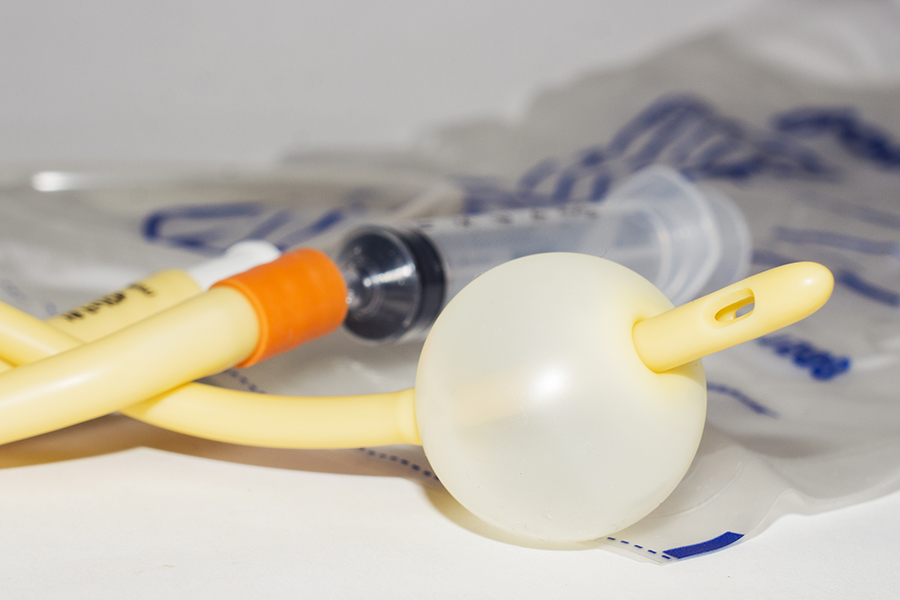








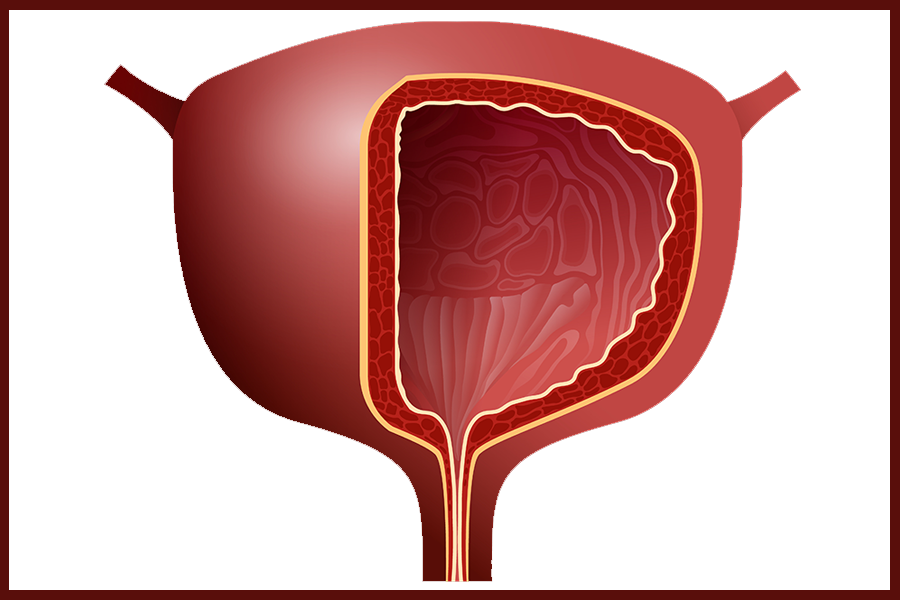
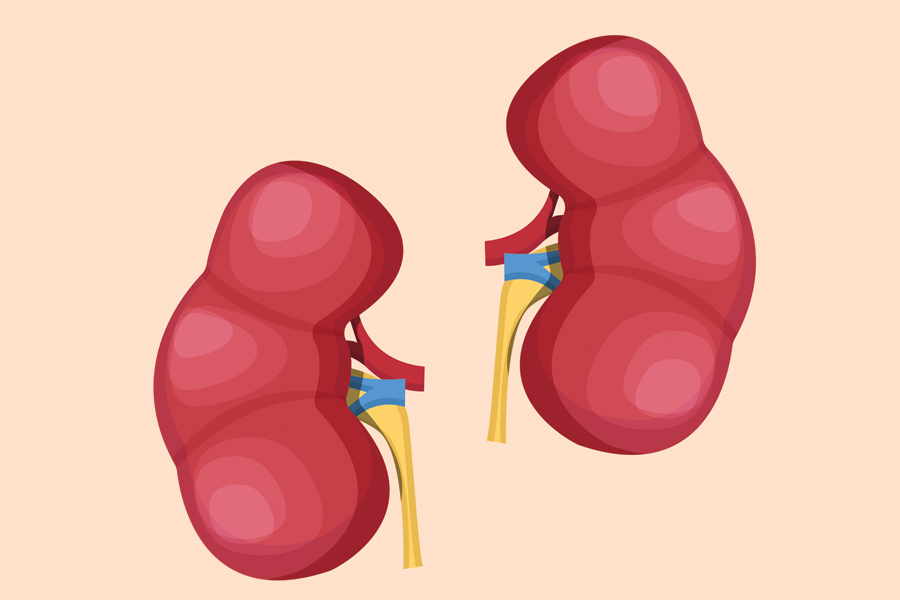
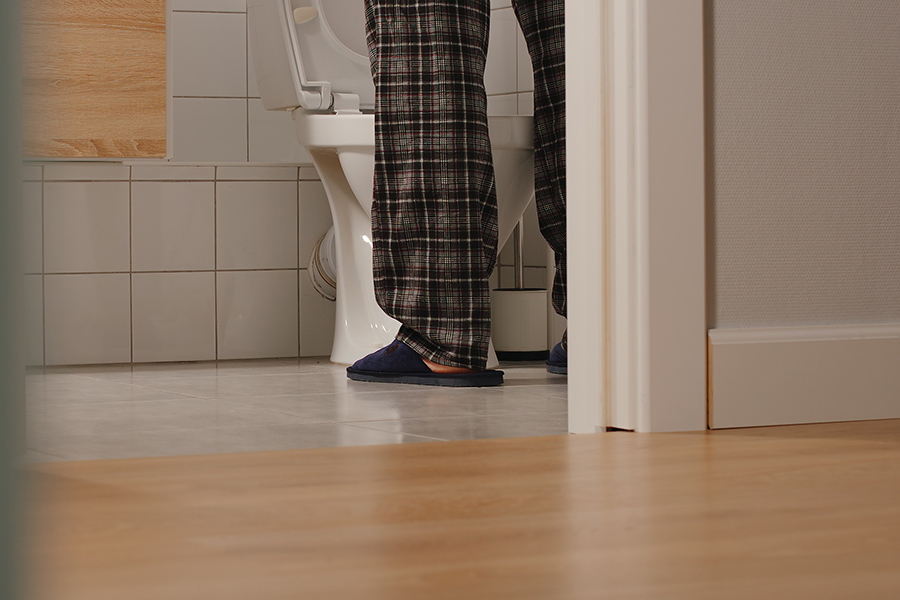
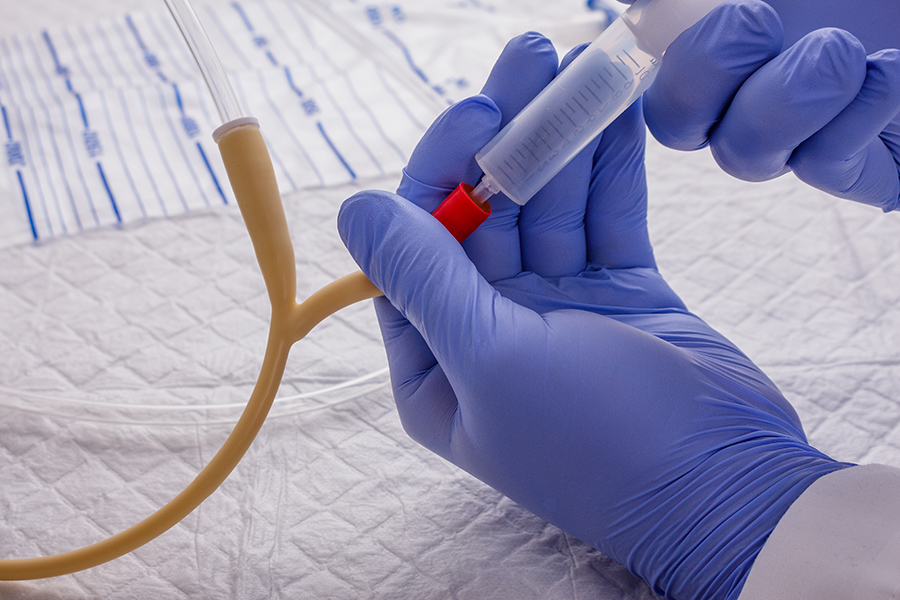

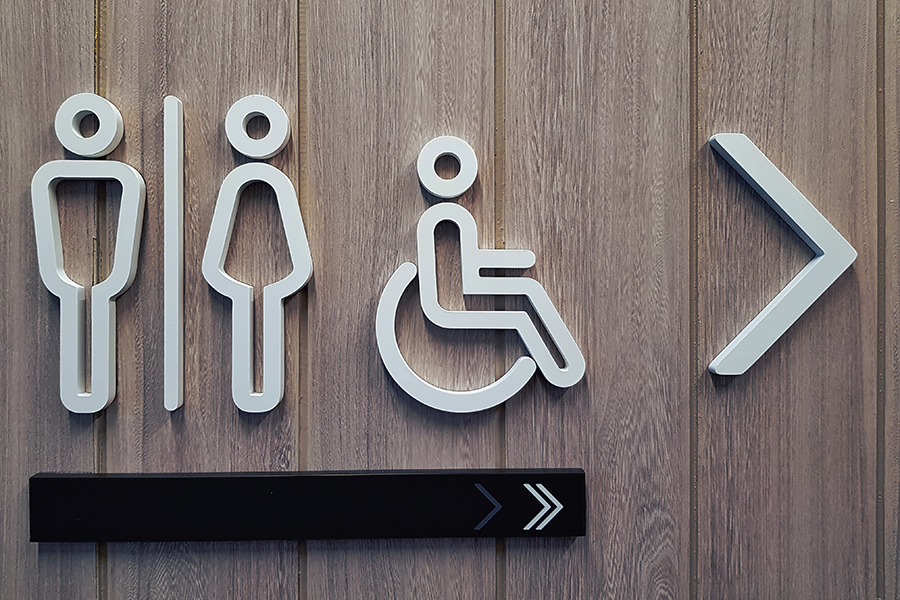
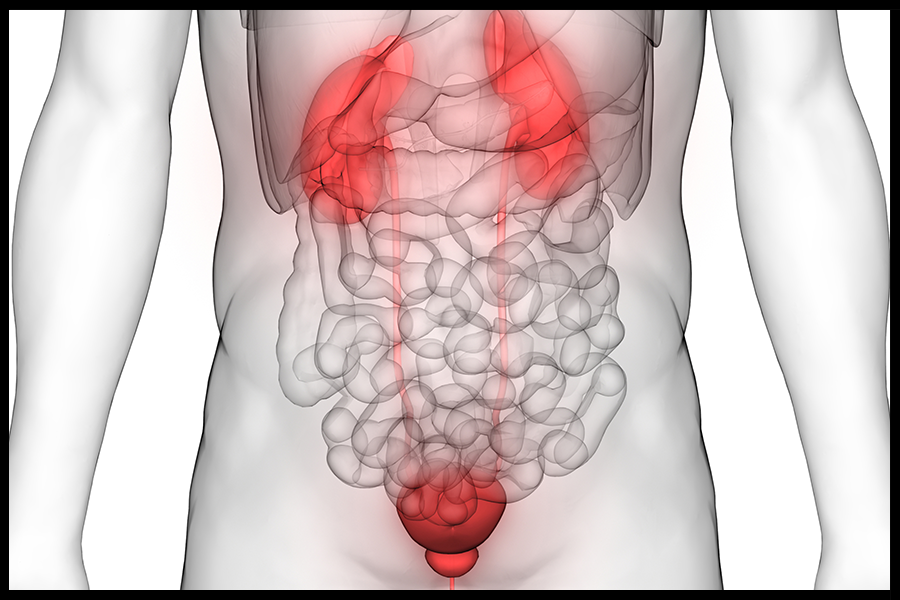
What are the bene dine packets used for my husband had the c14 an its a kit but I don’t always use the bene dine am I supposed to use it every time??
My husband has been using intermittent catheters for about 15 years. He has Alzheimers now, and for the last 2 years I have been helping(cueing with words) him to self-cath. It is not working anymore, he is too confused. Is it possible he can have an indwelling catheter? What do they usually do when this happens to a patient with dementia? He may be going into memory care soon and I am concerned about fidgeting with an indwelling catheter? Thank you for any suggestions.
It is the best description
Do you sale Catheters if yes email me with the models for me to select one and proceed.